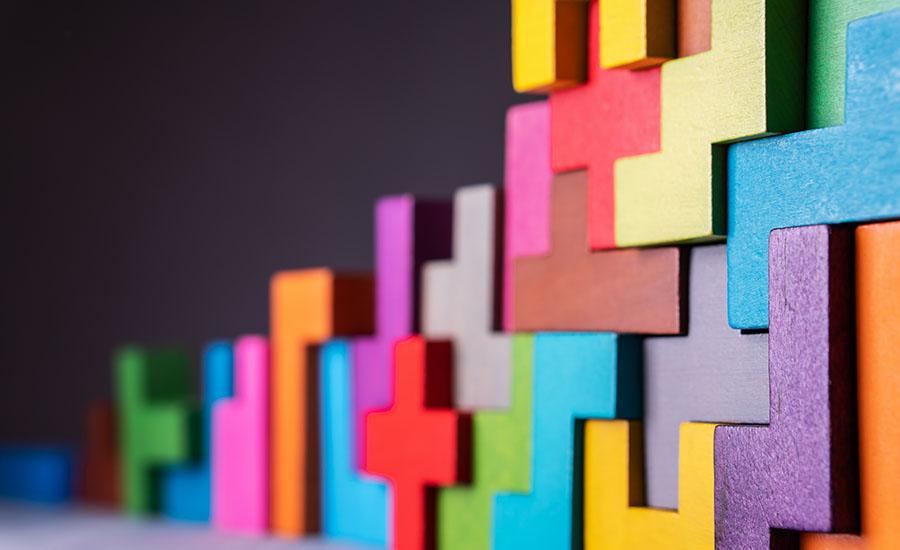
Creating Sustainable Solutions With Bioplastics Part 1
by Scott Milne
In this lesson students evaluate the advantages and disadvantages of conventional, petroleum-based plastics, bioplastics, and their different varieties. The lesson is driven by class/group research and discussion and ends with students creating an action plan for a plastic-based problem. As a group, students will learn about the costs, benefits and science behind conventional plastics and the ways in which bioplastic solutions may be used to address current problems with plastic pollution. Students are then asked to present their plan to the class and give/receive constructive feedback to and from their peers.
Lesson Plan Link/URL
https://docs.google.com/presentation/d/1rirThz48C07uXd_TMh2Z9tyxVZvKYNbt09DLRPE…Subject Area
Science Physical Science P1: Matter Technology 1. Empowered Learner 4. Innovative Designer 6. Creative Communicator Engineering S1: Engineering & Global Society S2: Apply the Engineering Design Process S6: Apply Communications to Engineering English Language Arts (ELA) Writing Speaking & Listening
Featured
Off
Related Content

Grades:
9th Grade, 10th Grade, 11th Grade, 12th Grade
In this high school lesson, students will get the opportunity to engage in scientific research, studying sustainability and fuel options, while creating models to represent their knowledge.

Grades:
8th Grade, 9th Grade, 10th Grade, 11th Grade, 12th Grade
In this lesson students learn about the simple machine screw, specifically the Archimedes Screw, and engineer a device that can lift a marble.

Grades:
9th Grade, 10th Grade, 11th Grade, 12th Grade
The lesson is adapted from resources created by the Green Drone AZ Project. This is module 1 of 4 featuring focused activities to address real-world environmental challenges within Arizona communities